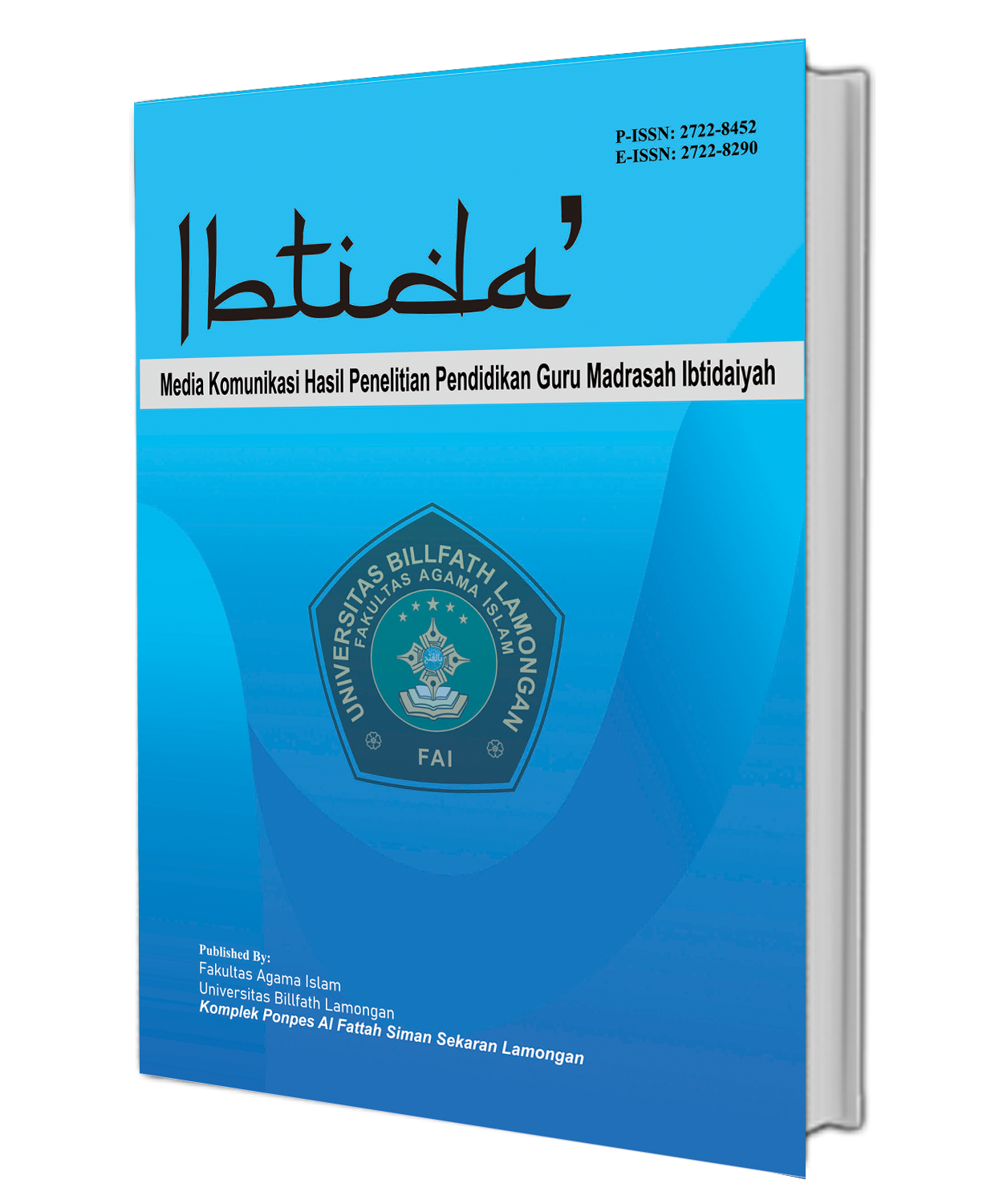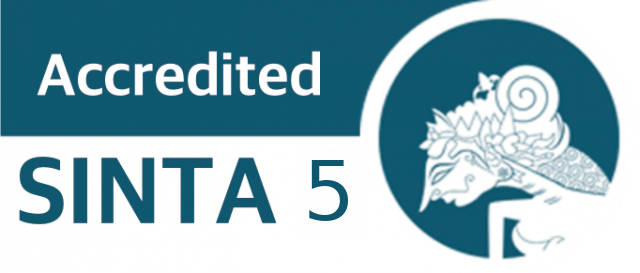Penggunaan Media Digital dalam Pembelajaran Pendidikan Agama Islam: Peluang dan Tantangan
Abstract
This study aims to analyze the use of digital media in Islamic Religious Education (PAI) learning within the context of modern education, as well as to identify the opportunities and challenges that arise in its implementation. The digital media examined such as instructional videos, Islam-based applications, and Learning Management System (LMS) platforms have become essential tools for enhancing the effectiveness of PAI learning and meeting the demands of twenty first century education. This study employs a qualitative approach through interviews and observations involving teachers and students in several schools that have integrated digital media into their PAI learning processes. The findings indicate that the use of digital media has significant potential to increase students’ motivation and understanding of religious material while providing more flexible and expanded access to learning resources. The novelty of this study lies in its emphasis on the real-world practices of digital media utilization in PAI learning at the school level, as well as in revealing emerging issues related to the verification of religious content circulating on social media an increasingly relevant concern that remains underexplored in previous studies. However, the study also identifies several challenges, including limited technological infrastructure, low levels of teachers’ digital competence, and weak digital content curation mechanisms. The study concludes that the successful integration of digital media depends heavily on proper management and on enhancing teachers’ capacity to use technology effectively. Therefore, continuous efforts to strengthen infrastructure and improve digital literacy among educators and learners are required to maximize the potential of digital media in PAI learning.
Downloads
References
Aufderheide, P. (1993). Media literacy: From a report of the National Leadership Conference on Media Literacy. Journal of Communication, 43(4), 129–130.
Arsyad, A. (2017). Media pembelajaran. Rajawali Pers.
Departemen Agama RI. (2010). Pedoman umum pendidikan Agama Islam. Direktorat Jenderal Pendidikan Islam.
Deci, E. L., & Ryan, R. M. (1985). Intrinsic motivation and self-determination in human behavior. Springer.
Davis, F. D. (1989). Perceived usefulness, perceived ease of use, and user acceptance of information technology. MIS Quarterly, 13(3), 319–340.
Garrison, D. R., & Kanuka, H. (2004). Blended learning: Uncovering its transformative potential in higher education. The Internet and Higher Education, 7(2), 95–105.
Heinich, R., Molenda, M., Russell, J. D., & Smaldino, S. E. (2002). Instructional media and technologies for learning (7th ed.). Merrill Prentice Hall.
Heinich, R., Molenda, M., Russell, J. D., & Smaldino, S. E. (2005). Instructional media and technologies for learning (8th ed.). Pearson Education.
Mayer, R. E. (2001). Multimedia learning. Cambridge University Press.
Mayer, R. E. (2009). Multimedia learning (2nd ed.). Cambridge University Press.
Mishra, P., & Koehler, M. J. (2006). Technological pedagogical content knowledge: A framework for teacher knowledge. Teachers College Record, 108(6), 1017–1054.
Munir. (2017). Pembelajaran digital. Alfabeta.
Piaget, J. (1976). The child and reality: Problems of genetic epistemology. Penguin.
Saputra, R. A., & Nurhadi, D. (2020). Digitalisasi pembelajaran Pendidikan Agama Islam di era Industri 4.0. Jurnal Pendidikan Islam, 9(1), 45–60.
Susanto, A. (2018). Pengembangan media pembelajaran berbasis teknologi. Deepublish.
Suryana, D. (2021). Pemanfaatan media digital dalam Pendidikan Agama Islam. Jurnal Ilmu Pendidikan, 6(1), 45–56.
Vygotsky, L. S. (1978). Mind in society: The development of higher psychological processes. Harvard University Press.
Zuhairini, et al. (2004). Metodologi pengajaran agama. Bumi Aksara.
Zulkifli, M. (2020). Revitalisasi pembelajaran Pendidikan Agama Islam di era digital. Jurnal Pendidikan Islam, 4(2), 95–105.





.png)

.jpg)



